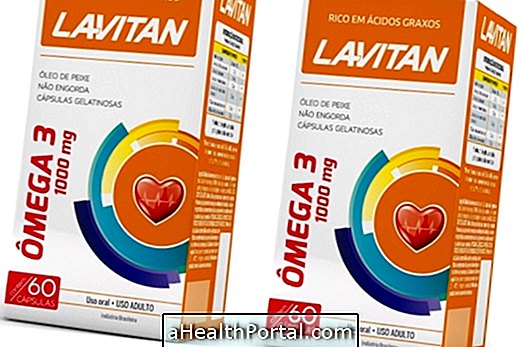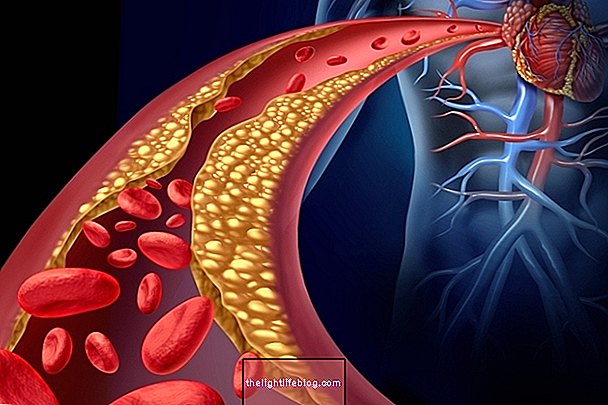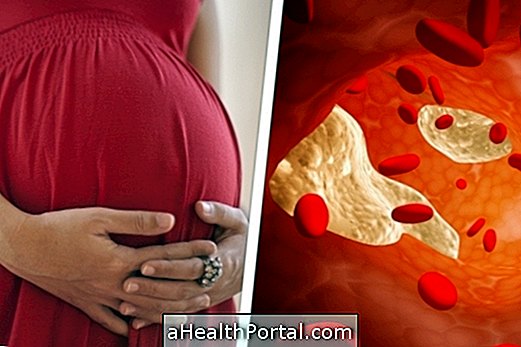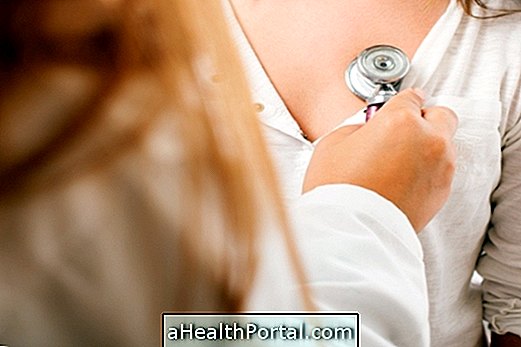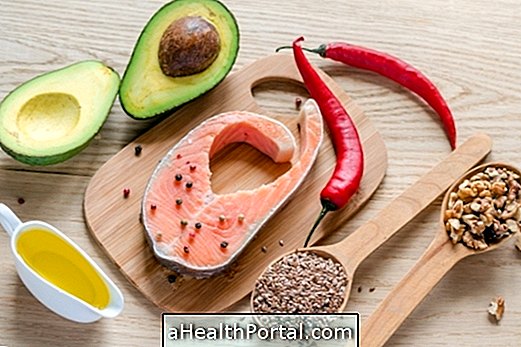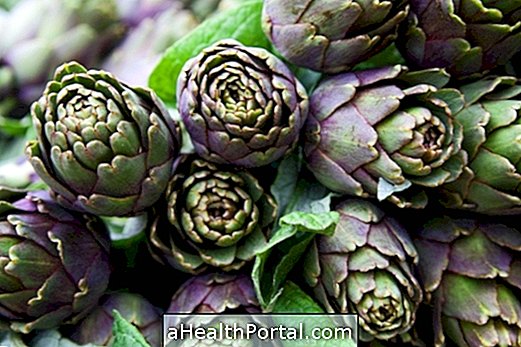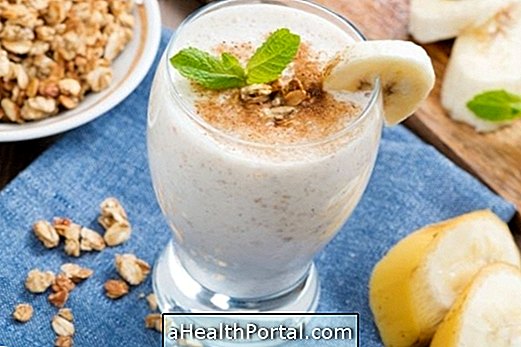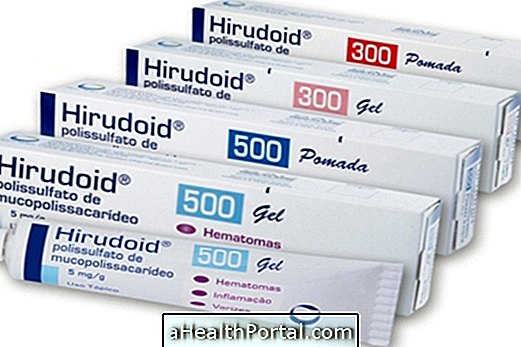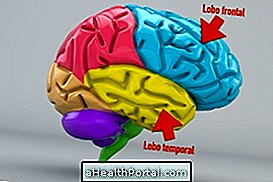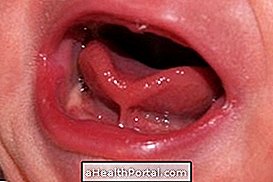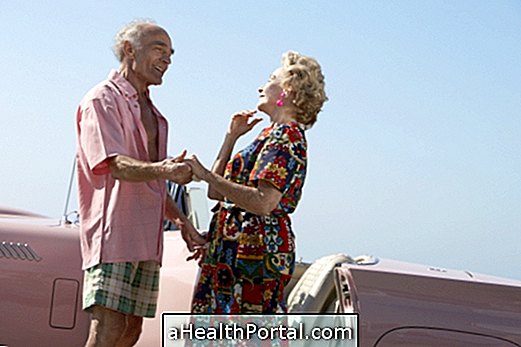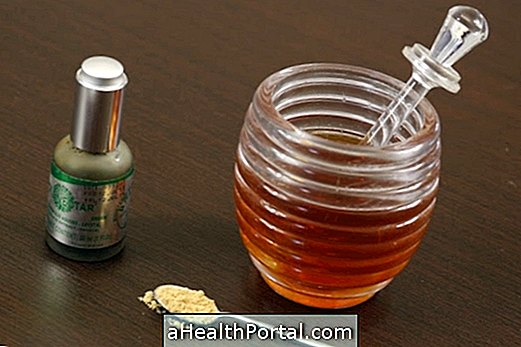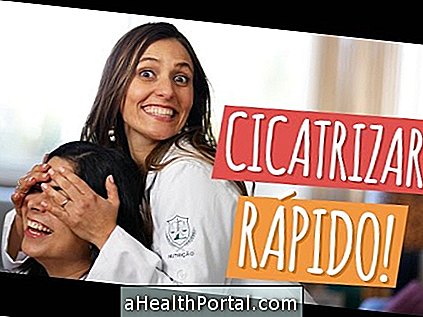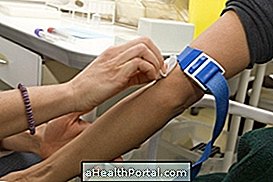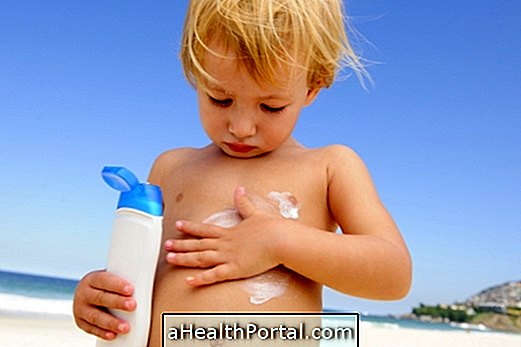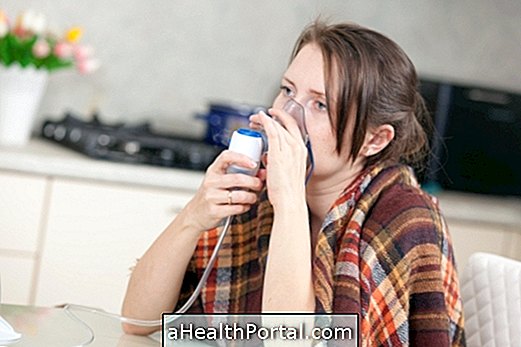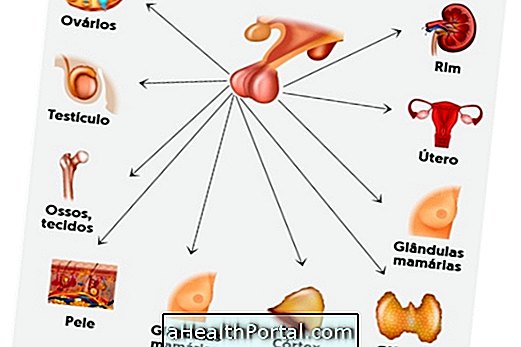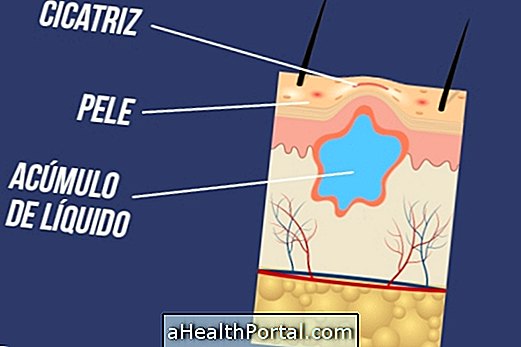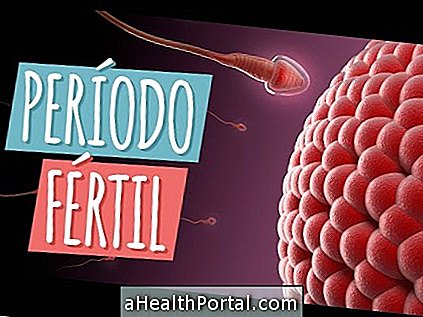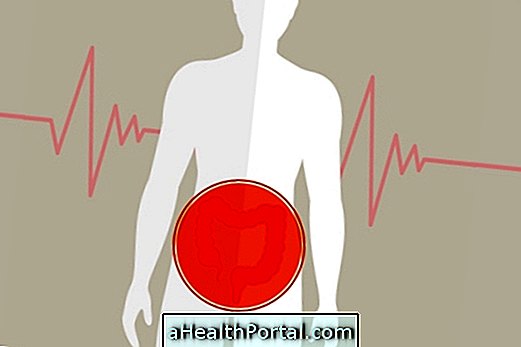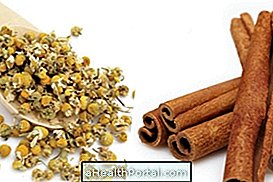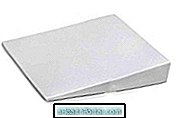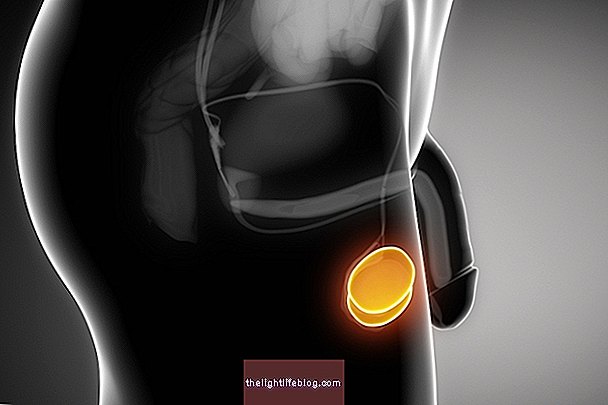The complications of high cholesterol occur when it remains uncontrolled over the months and can affect people of all ages, including children and adolescents, but are more common in middle-aged or elderly people who have had uncontrolled cholesterol for years.
These possible complications are triggered in a cascade fashion and include:
1. Atherosclerosis
The first complication of high cholesterol is atherosclerosis which consists of accumulating blood in the inner walls of veins and arteries. This buildup is caused by excess fat in the bloodstream being severe because it causes a decrease in the diameter inside the vessels, causing the heart to have to make more force for the blood to reach all parts of the body.
How to identify and treat: Usually does not show symptoms but there may be chest pain and can be discovered on a cardiac catheterization or cardiac angiotomography examination, treatment can be done with dietary reeducation and medications.
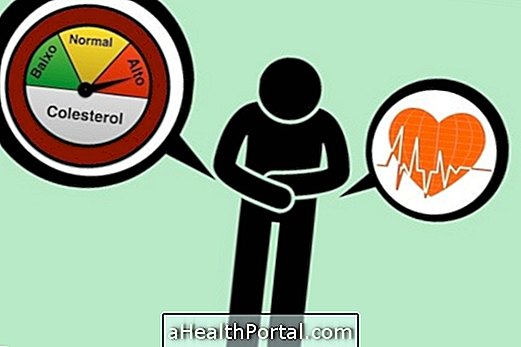
2. High blood pressure
With the decrease in the diameter of the blood vessels, the blood passes with greater pressure through these areas and this we call high pressure. High blood pressure is particularly serious because it does not always show symptoms, only when it is too high and the person is at risk for heart failure.
How to identify and treat: The diagnosis of high blood pressure should always be made by a physician, through various pressure measurements in the office or with the 24-hour ABPM examination. High blood pressure can be controlled through proper diet and low salt, or use of medications prescribed by your doctor.
3. Heart Failure
Heart failure occurs when the heart muscle does not have enough strength to pump blood to all parts of the body. This usually happens in people with high blood pressure or when there is a problem in a heart valve, for example.
How to identify and treat: It generates symptoms such as tiredness, shortness of breath, coughing and swelling in the legs, and the treatment is made with poor diet in salt, medicines and when it is serious, with surgery or heart transplantation.
4. Infarction
Infarction occurs when there is a lack of blood in the vessels of the heart, which leads to death of the heart tissue due to lack of oxygen. This can happen when a vessel is completely blocked and blood can not pass and reach the heart. Its main symptom is the chest pain that can arise when making efforts, but the infarction can also happen when the person is resting or sleeping.
How to identify and treat: It has as symptoms chest pain that can radiate to the left arm, jaw or back. Treatment can be done with medicines, catheterization or surgery.
5. AVC
Another possible complication of high cholesterol is Stroke, or stroke, which occurs when a blood vessel in the brain is completely blocked and does not allow blood flow to this region. The lack of blood in the brain is called ischemic stroke and has serious consequences because the nervous tissue can die with this blood shortage and as a consequence there may be paralysis of one side of the body and difficulty speaking and eating, requiring treatment throughout life.
How to identify and treat: In ischemic stroke, symptoms such as decreased strength on one side of the body, tingling on one side of the face, decreased sensitivity or difficulty speaking are common. The treatment can be done with medicines, surgery and physiotherapy for rehabilitation.
Thus, the best way to prevent all these complications is by taking cholesterol-lowering measures, reducing the consumption of foods rich in sugar and fat and practicing physical activity to burn fat accumulated under the skin and into the blood vessels.
